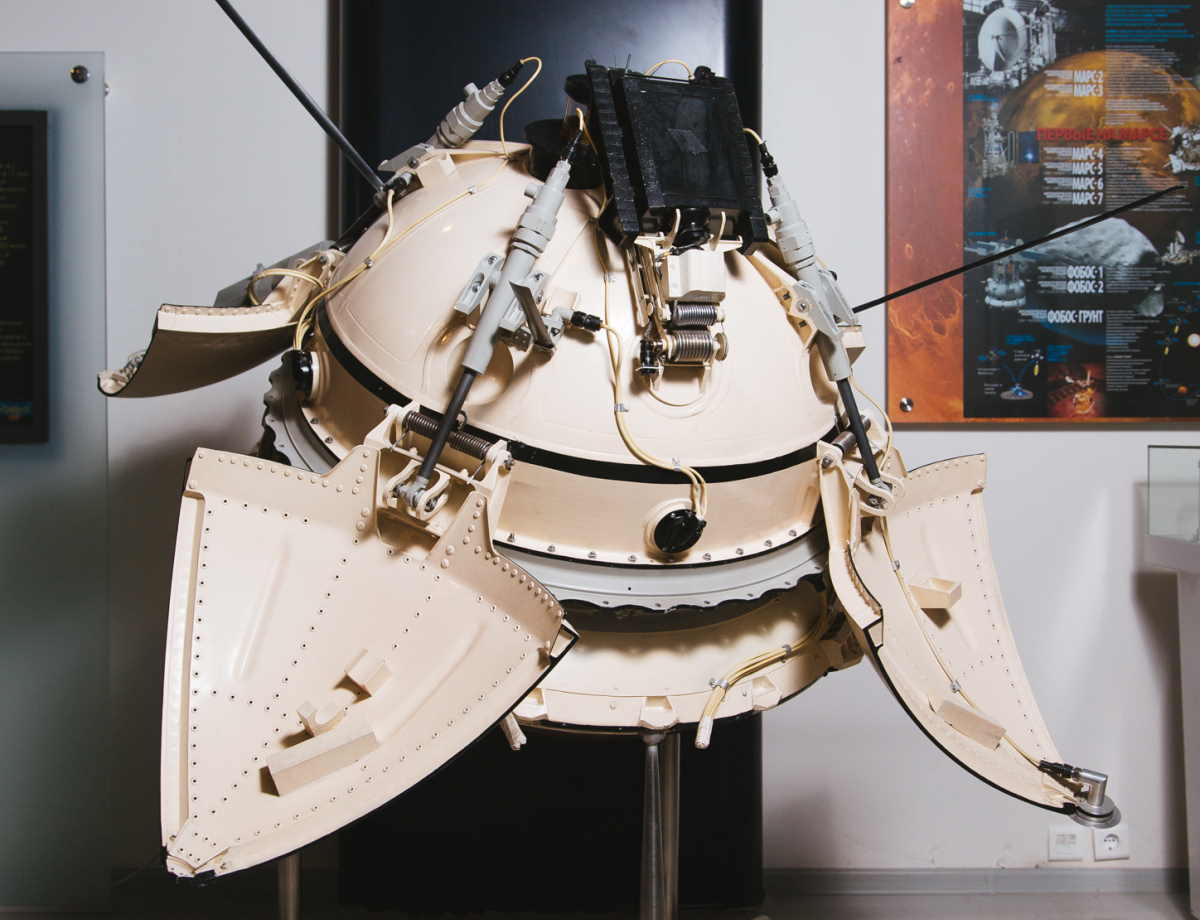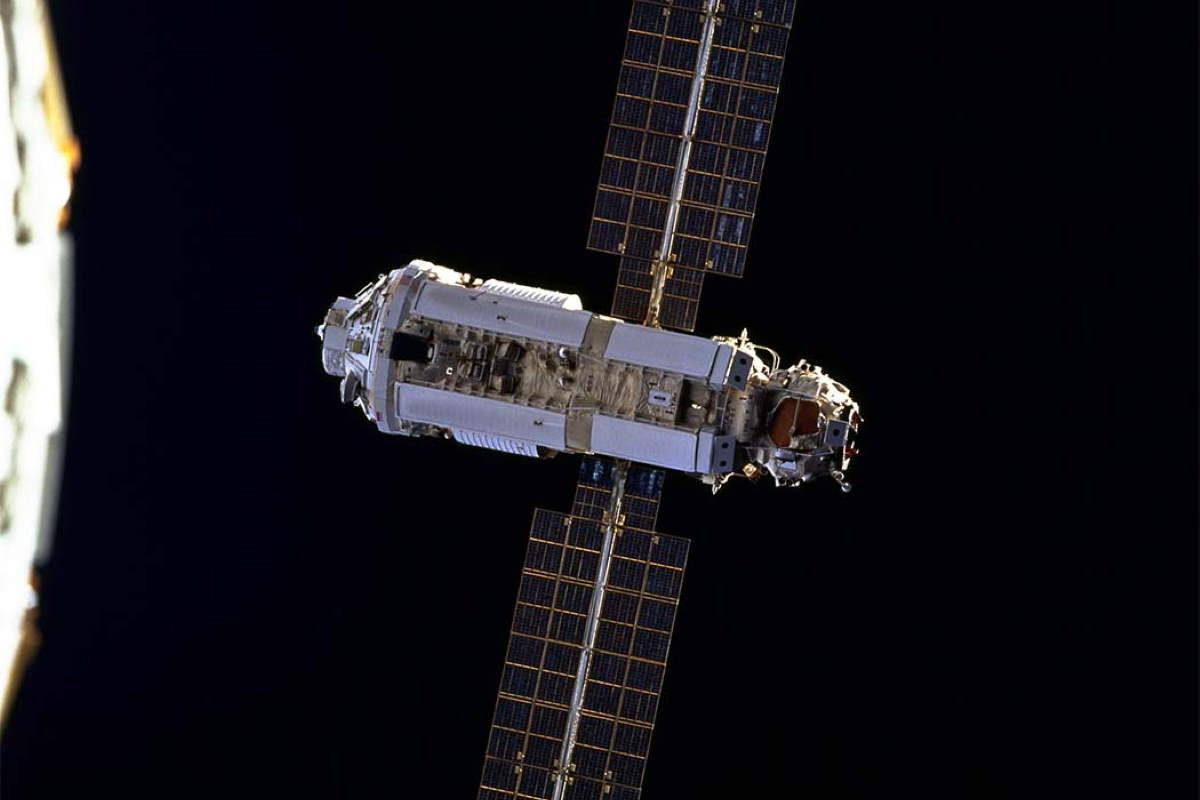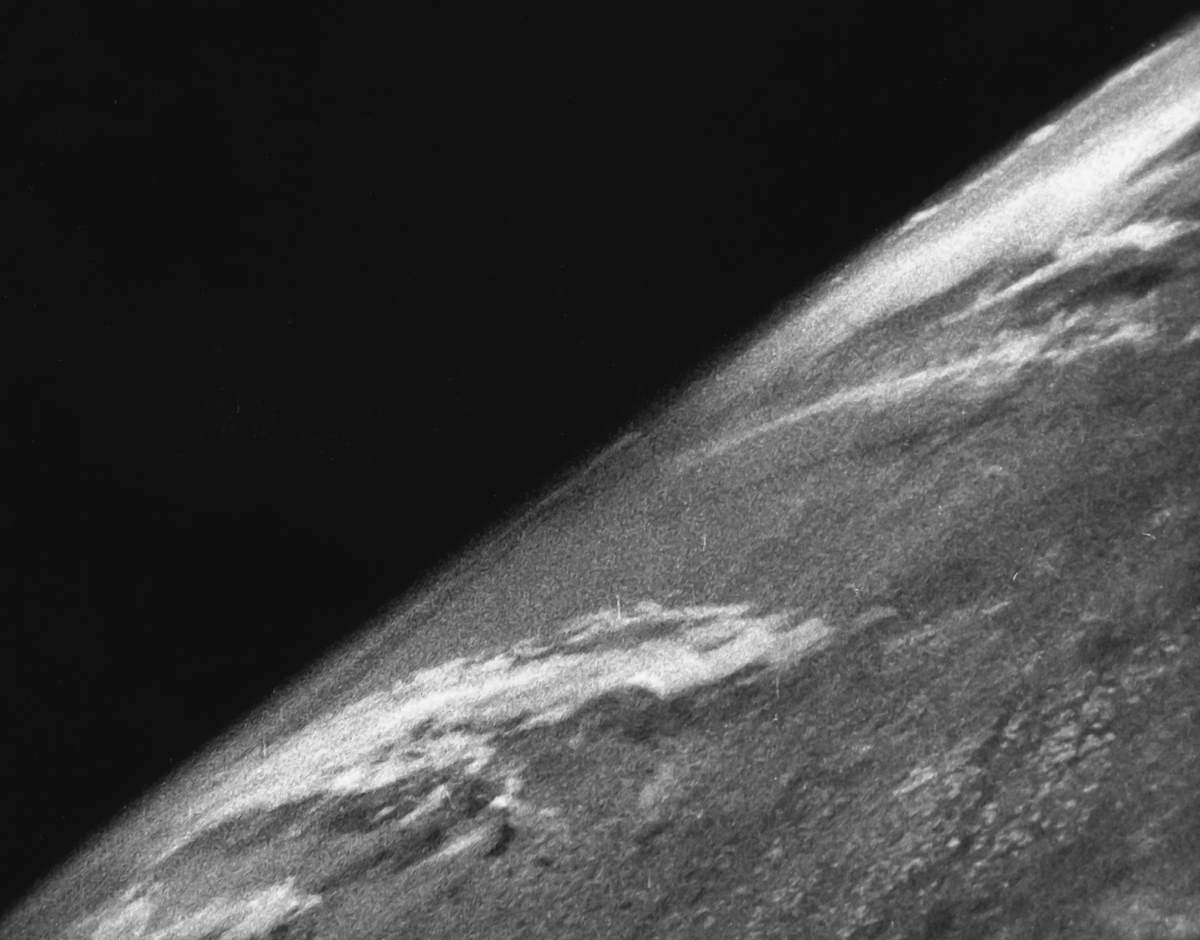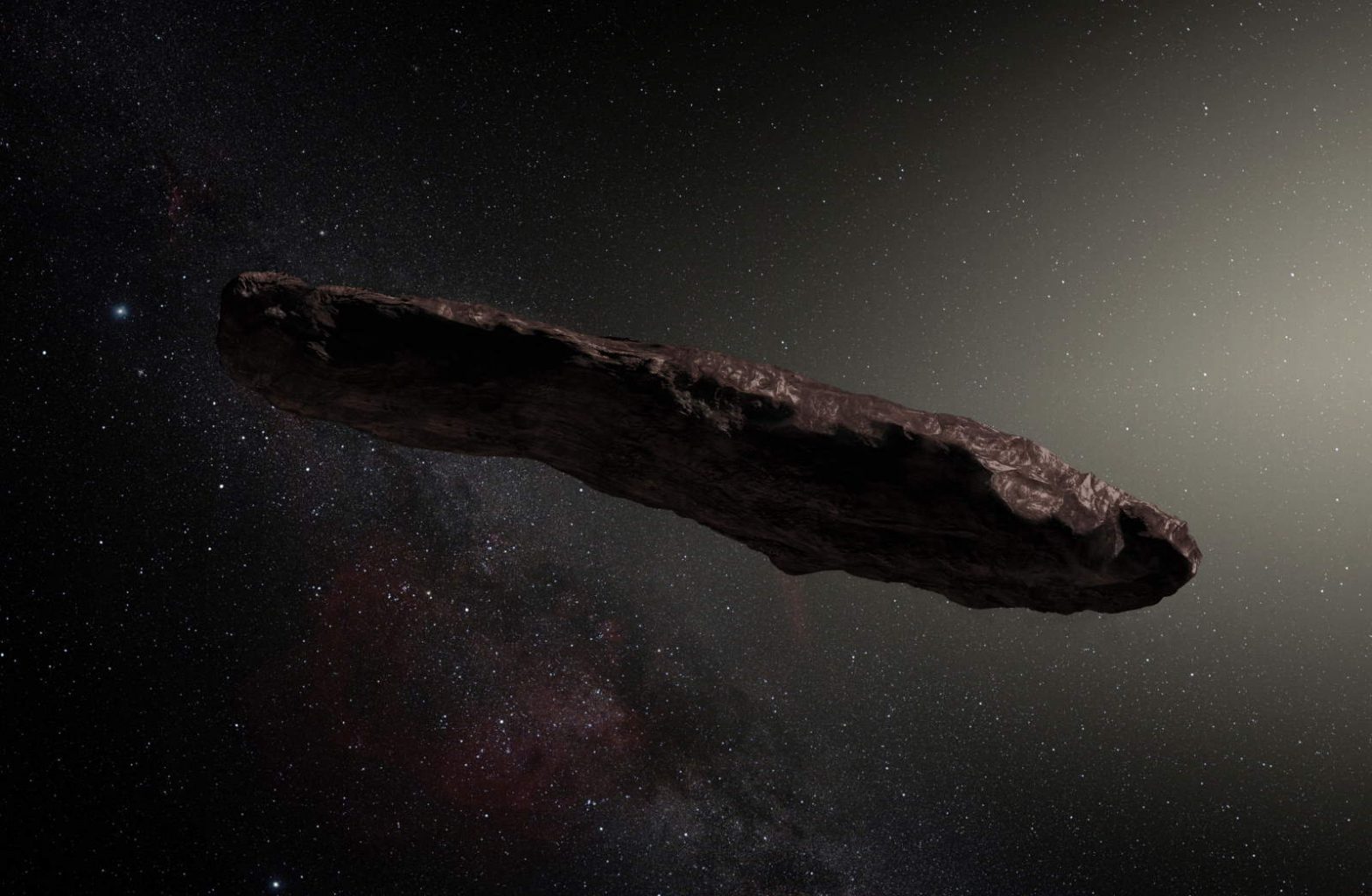On January 21, 1979, a rare phenomenon occurred in our solar system: Neptune, the 8th planet from the Sun, took over Pluto and became the outermost planet as Pluto moved closer due to their highly elliptical orbits. Pluto was still a planet back then (good old days!).

![Huygens spacecraft on Titan [artist concept]](https://cdn-0.ourplnt.com/wp-content/uploads/2023/01/Huygens-spacecraft-on-Titan-artist-concept.jpg)







